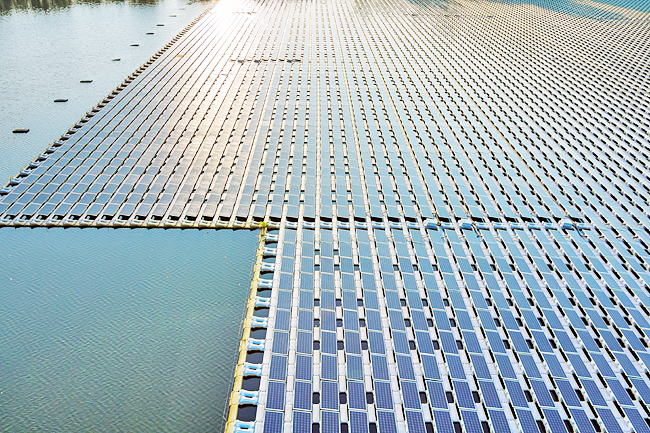International Energy Agency calls for grid development to pick up pace to secure energy transitions or ‘face gridlock tomorrow’
For more than a century, power grids have steadfastly supplied electricity to homes, businesses, and industries. Nevertheless, their current state of relative neglect, as illuminated by the International Energy Agency’s (IEA) recent report, unveils a pressing need for revitalisation and fortification.
Titled Electricity Grids and Secure Energy Transitions, the report highlights the need of stronger and smarter grids as countries transition towards net zero emissions.
To achieve countries’ national energy and climate goals, the world’s electricity use must grow 20 per cent faster in the next decade.
To meet national objectives, it becomes imperative to expand or revamp an extensive network of grids spanning over 80 million kilometres by 2040.
This ambitious endeavour is tantamount to the overhaul of the entire current global grid infrastructure.
IEA Executive Director Dr Fatih Birol stated the recent unprecedented progress in clean energy seen in many countries is cause for optimism, but it could be put in jeopardy if the world’s electricity grids are not readied for the rapidly emerging new global energy economy through cooperation between governments and businesses.
“This report shows what’s at stake and needs to be done. We must invest in grids today or face gridlock tomorrow,” he added.
To meet national climate targets, grid investment needs to nearly double by 2030 to over USD600 billion per year. However, grid investment has declined over the past years in emerging and developing economies except China, despite the demand for electricity and the need for energy access.
While grid investment has grown steadily in advanced economies, a faster pace is needed to enable rapid clean energy transitions, according to the report.
For the last five years, the number of country-level net zero targets has grown immensely, with more than 90 announced to date. Renewables deployment set new records in 2022 and progress is expected to continue in 2023.
With the adoption of electric cars and heat pumps, electricity is expanding into realms previously dominated by fossil fuels, increasing the demands on grids.
However, the absence of grid development, encompassing expansion, reinforcement, digitalisation, modernisation, and efficient utilisation, poses threats to electricity security. Additionally, it hampers the speed and escalates the expenses associated with clean transitions.
Any postponements in grid investment and reform could significantly amplify global carbon dioxide emissions, impeding progress in energy transitions and rendering the attainment of the 1.5 degrees Celsius goal unattainable.
The report points out some ongoing problems.
For instance, it takes a long time to start and finish grid projects and connect renewable energy to the grid in many areas. Generally, planning, getting permits, and completing new grid infrastructure usually takes five to 15 years.
New renewable energy projects, on the other hand, are faster, taking one to five years. And setting up new charging stations for electric vehicles is even quicker, taking less than two years.
Furthermore, the report also called for regulations to be reviewed and updated to support the deployment of new grids and improve the use of assets, and planning should also integrate inputs from long-term energy transition plans across sectors.
“Ensuring the developing world has the resources it needs to build and modernise electricity grids is an essential task for the international community.
“By mobilising financing, providing access to technology and sharing best practices on policies, leading economies can help improve people’s lives, strengthen sustainable development and reduce the risks of climate change,” said Dr Birol.
The report suggested that current policies and grid expansion plans indicate the necessity of ongoing grid growth and reinforcement to meet increasing global demand.
The shift toward clean energy and the integration of new technologies will influence grid enhancements.
The use of microgrids and battery storage can complement grid expansion, and the adoption of digitalisation, as well as the incorporation of distributed resources, will result in more intelligent and robust grids. However, this will necessitate adaptable operations and safeguards against cybersecurity threats.
Six key policy recommendations were highlighted in this report to boost grid capacity development and facilitate clean energy transitions: bring planning up to date, unlock investment, address barriers to grid development, secure supply chains, leverage digitalisation, and build a skilled workforce.
However, it also underscored that the most important barriers to grid development depend on the region as in some countries, the financial health of utilities is a central challenge, while others have difficulty with access to finance and high cost of capital.
The future of our electricity grids is knotted with the evolution of clean energy and digitalisation as the grid’s adaptability, resilience, and readiness to meet the challenges of the modern world will determine our success in achieving a sustainable, low-carbon future.
The journey towards securing our energy future is a global endeavour, and it begins with revitalising the lifeblood of our modern society – the electricity grid. – Aqilah Rahman







